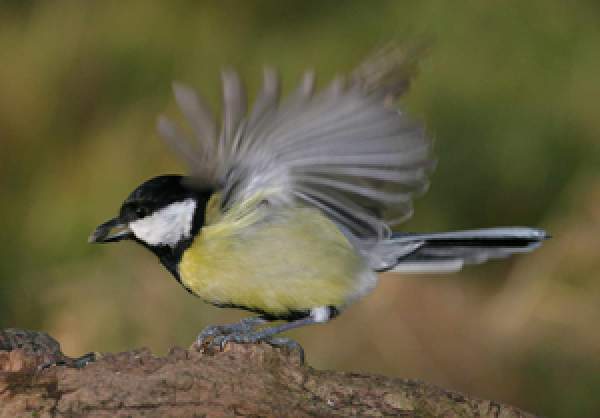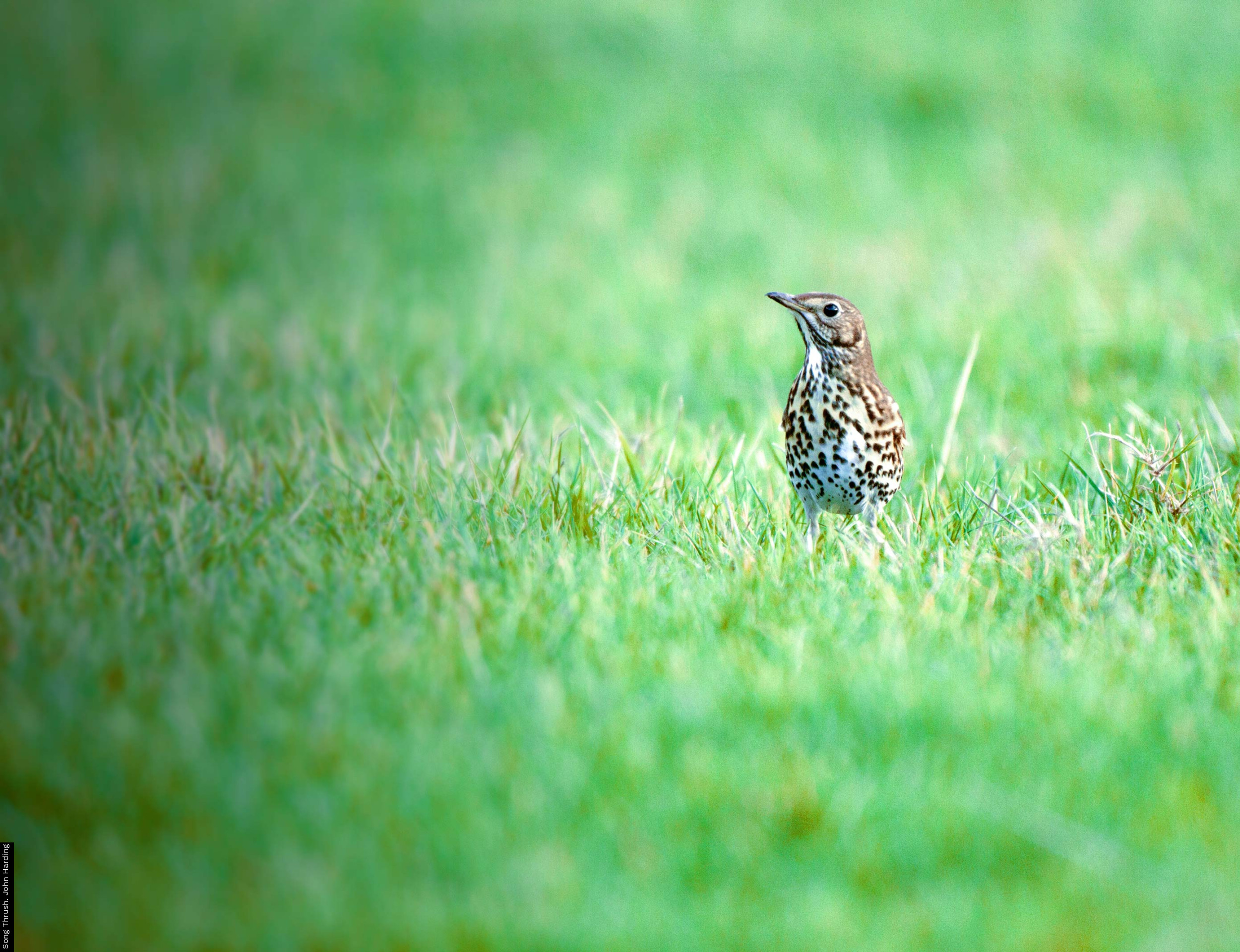Great Tit
Great Tit
Parus major

The Great Tit has all the characters of the other Parus species and is unmistakable given its large, robust size, relatively heavy bill and domed head. The head pattern shows a black cap (glossy in males), neck collar and bib set against white cheeks. The back is green, turning blue-grey towards the rump and tail and on to the wings. The underside is a bright lemon yellow with a central black stripe running down from the throat. This black stripe is wider and more strongly developed in males than it is in females. Sometimes in the field, you can see that in the male the black stripe extends across the belly to the base of both legs, while in the female it is not so broad and does not reach the legs.
Great Tits have been shown to utter a range of calls, including the scolding ‘cha-cha-cha’ that has a strong nasal quality. The most familiar sound though is the basic song, usually described as ‘teacher-teacher’.
Great Tits may be less strongly influenced by the structure of available tree cover than by the structure and density of undergrowth, something that dictates their opportunities for ground feeding. Great Tits spend more time feeding lower down than other tits, something that no doubt relates to the Great Tit’s larger size and less agile nature. Great Tits seem to take more readily to nestboxes than other tit species, and this may be because they require a larger entrance hole. They will also use holes in walls, letterboxes and pipes.
Great Tits are primarily insectivorous in the summer but take large numbers of seeds throughout autumn and winter. The seeds of Beech may be particularly important. Despite being a gregarious species in woodland (from summer through to spring), Great Tits do not form foraging flocks in and around gardens. Here, the provision of supplementary food at feeding stations tends to results in a clear social hierarchy, with the dominant adults feeding on the best feeders (closest to cover) leaving the younger birds to feed on more exposed feeders where the risk of Sparrowhawk attack is greater.
Find out more about Great Tits on BirdFacts and the Wider Countryside Report.






Share this page